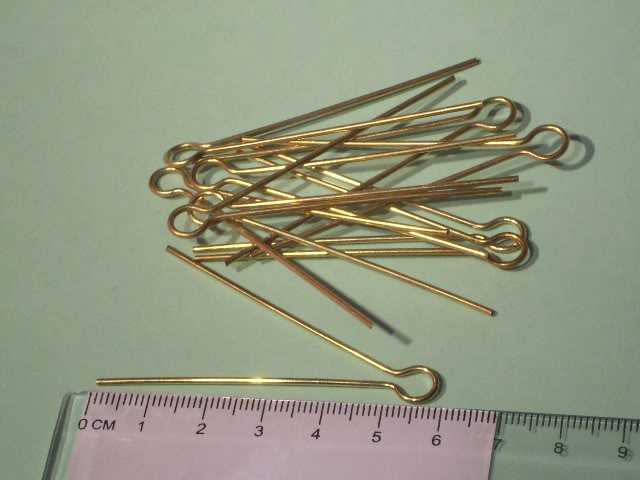
- Mobile Phone
- +8613931874955
- sales@cntcmetal.com
galvanised mesh
The Versatility and Applications of Galvanized Mesh
Galvanized mesh, a type of wire mesh that has been coated with a layer of zinc, has become an indispensable material in various industries due to its durability and corrosion resistance. Through a process known as galvanization, steel wire is coated with zinc to prevent rust and enhance its longevity. This article will explore the characteristics, production process, and diverse applications of galvanized mesh, highlighting its significance in modern construction, agriculture, and other sectors.
Characteristics of Galvanized Mesh
One of the primary advantages of galvanized mesh is its impressive resistance to corrosion. The zinc coating serves as a barrier that prevents moisture from reaching the underlying steel, thereby significantly increasing its life span, even in harsh environments. This makes galvanized mesh a preferred choice for outdoor applications, where exposure to the elements can lead to rapid deterioration of uncoated materials.
Additionally, galvanized mesh is known for its strength and flexibility. It can be manufactured in various thicknesses, sizes, and mesh patterns, catering to different structural and aesthetic needs. This adaptability makes it suitable for a wide range of applications, from securing construction sites to serving as decorative architectural elements.
Production Process of Galvanized Mesh
The manufacturing of galvanized mesh typically involves several key steps. First, high-quality steel wire is drawn to the desired thickness. Next, the wire undergoes cleaning and chemical treatment to remove impurities that may hinder the adhesion of the zinc coating. After this preparation, the wire is submerged in a hot dip galvanizing bath, where it is coated with molten zinc at high temperatures.
Once coated, the galvanized wire is allowed to cool and then can be woven into various mesh patterns, including welded, knitted, or woven forms. Depending on the specifications required by the end-user, galvanized mesh can further undergo additional processes, such as cutting, bending, or shaping, to meet specific application needs. The result is a product that is not only functional but also versatile in design.
Applications of Galvanized Mesh
galvanised mesh

Galvanized mesh has a multitude of applications across several industries.
1. Construction In the construction sector, galvanized mesh is widely used for reinforcing concrete, fences, and barriers. Its strength makes it an ideal material for providing structural support in both residential and commercial projects. Moreover, it is often utilized in scaffolding systems, ensuring safety and stability for workers on elevated platforms.
2. Agriculture The agricultural industry benefits significantly from the use of galvanized mesh. Farmers use it for fencing to keep livestock contained while also protecting crops from foraging animals. Additionally, it is used in greenhouse construction, allowing for proper ventilation and sunlight penetration while keeping pests at bay.
3. Architecture and Design In the realm of architecture, galvanized mesh has found a niche as a decorative element. Its unique aesthetic can enhance building facades, balconies, and as part of interior design features. The combination of functionality and style has made it popular among architects looking to incorporate modern elements into their designs.
4. Industrial Applications Galvanized mesh is also prevalent in various industrial applications, including manufacturing and transportation. It is used in the production of filtration systems, conveyor belts, and safety barriers. In mines and quarries, it offers optimal protection for equipment and personnel.
5. DIY Projects For enthusiasts and home improvement projects, galvanized mesh is a popular choice in crafting and building unique items, from animal enclosures to garden trellises, due to its availability and workability.
Conclusion
In conclusion, galvanized mesh represents a perfect blend of durability, versatility, and aesthetic appeal, making it a vital material across numerous industries. Its resistance to corrosion, strength, and adaptability has established it as a reliable choice for both functional and decorative applications. As technology advances and industries continue to innovate, the demand for galvanized mesh is likely to grow, solidifying its place in the material landscape. Whether in construction, agriculture, design, or industrial processes, galvanized mesh will undoubtedly remain a crucial element in our increasingly interconnected world.
share:
-
Your Source for Concrete Wall Ties and Masonry AccessoriesNewsJul.10,2025
-
Unlocking the Power of Iron Wire for Every ProjectNewsJul.10,2025
-
Explore Advanced Chain Wire and Stainless Steel Mesh FencingNewsJul.10,2025
-
Discover the Benefits of Annealed Wire ProductsNewsJul.10,2025
-
Discover China Stainless Steel Wire Mesh SolutionsNewsJul.10,2025
-
Build with Confidence Using High-Performance Masonry AccessoriesNewsJul.10,2025
-
Why Sacrificial Formwork Is Redefining Underground ConstructionNewsJun.06,2025



















